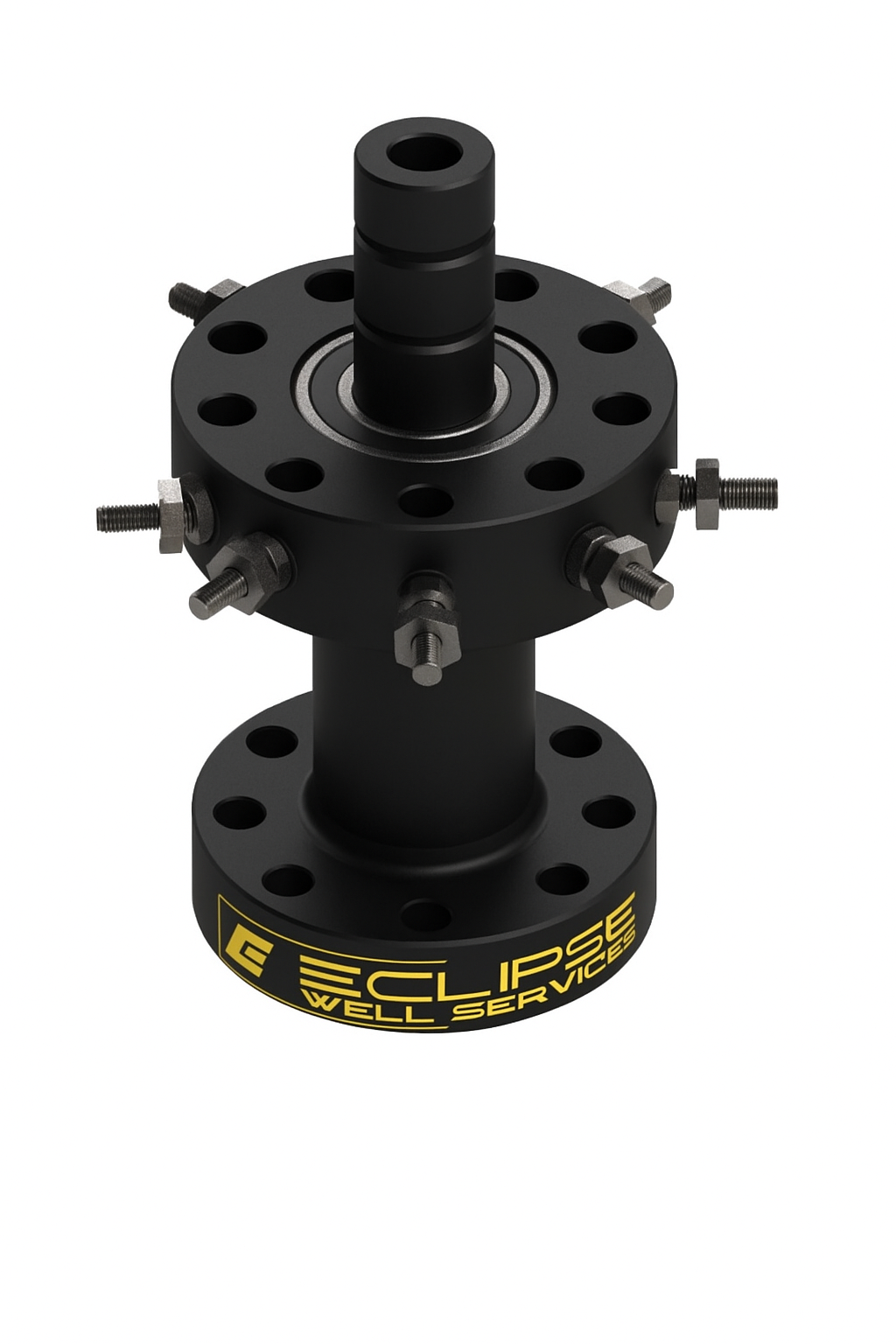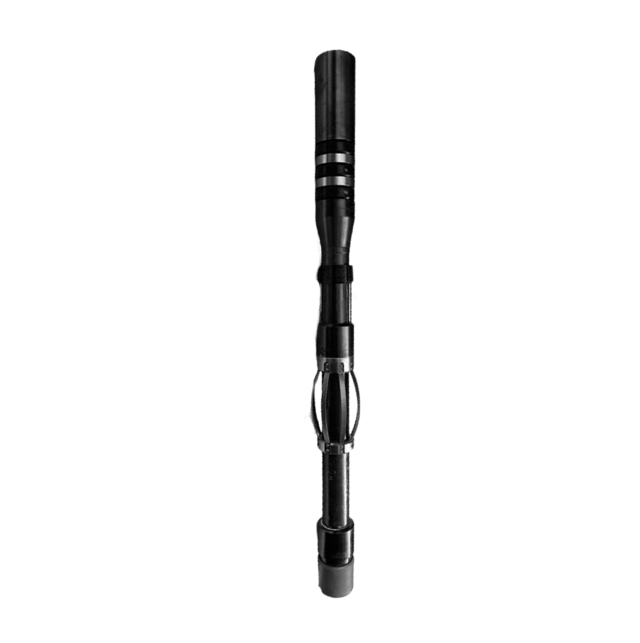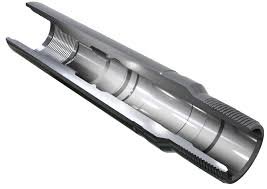Velocity String
The Problem
Liquid loading is a common challenge in mature gas fields, where reservoir pressure has declined over time due to prolonged production. As pressure drops, the gas velocity within the wellbore may fall below the critical rate needed to lift co-produced liquids—mainly water and condensate—to the surface. These fluids begin to accumulate, increasing backpressure and further reducing gas production. This self-reinforcing cycle can lead to reduced well efficiency, higher operational costs, and even well shut-ins if not properly managed. Liquid loading is particularly prevalent in low-permeability or tight gas reservoirs where natural drive mechanisms weaken more rapidly.
To combat liquid loading in mature fields, operators often implement deliquification strategies tailored to the specific well conditions. These may include installation of velocity strings, use of artificial lift systems like plunger or gas lift, application of foaming agents to reduce liquid density, or wellbore redesigns. Among these, velocity strings are frequently chosen for their simplicity and low cost, particularly when retrofitting existing wells. Managing liquid loading effectively is essential to maximizing the remaining reserves in mature fields, extending the life of wells, and maintaining economic viability in late-stage production.

Hanger Spool
A coiled tubing hanger spool is a specialized wellhead component used to support and seal coiled tubing during well interventions or completions. It provides a pressure-containing interface between the coiled tubing and the surface equipment, allowing safe operations while maintaining well control. The hanger spool also enables the suspension of coiled tubing in the wellbore and facilitates quick installation and retrieval, making it essential for efficient and secure coiled tubing operations.
The Solution - Hanger
A velocity string is a smaller-diameter tubing inserted into an existing wellbore to increase the gas flow velocity and help lift accumulated liquids to the surface. By reducing the flow area, it raises the gas velocity above the critical rate needed to prevent liquid loading. Velocity strings are a simple, cost-effective solution commonly used in mature or low-pressure gas wells to restore or enhance production without the need for complex equipment.
Eclipse Well Services offers two solutions on securing the Velocity string – Surface Spool or a Velocity String Packer

Velocity String Packer
Eclipse Well Services High Load Velocity String Hanger has been designed with ease of use and reliability in mind.
Due to it’s reduced run in hole diameter and high load mandrel, the hanger works well in hanging off velocity string below a TRSCSSSV. This allows the operator to safely produce their wells while still being able to use the well original safety valve.

Heavy Duty Coil Connector
The Eclipse Heavy Duty Slip Type Connector provides a high strength connection at the end of a string of coiled tubing. The patent pending connector has a unique Slip and Housing design which spreads
the radial load evenly around the coiled tubing enabling it to withstand high axial loads.
The Connection
Eclipse Well Services recommends the Heavy Duty Coil Connector for the connection of the coiled tubing to the Hanger or Velocity String Packer. The connector comes with a test port to verify no potential leak paths.
As the BHA can be long and difficult to handle it is recommended to include a Torque Thru Quick Connect.

Torque Thru Quick Connect
The Torque Thru Quick Connector is a self-aligning tool string connector, capable of withstanding high degrees of torque in both directions. It eliminates the problems of connecting the coiled tubing when there is no means of rotating either the tubing or the BHA.
Auxiliary Equipment
Each Velocity String can be customised to the specific well requirement, which will have been determined during the analysis stage. In addition to the basic equipment the following items can be added to give our client a more custom approach:
- Nipple Profiles
- Sliding Sleeves
- Safety Valves

Velocity String Deployment Valve
The Eclipse Well Services Velocity String Deployment Valve is used to provide a barrier when deploying & retrieving a velocity string. Once deployed hydrostatic head is applied to blow the plugs. Should the velocity string need to be removed at a future date, a drop ball is pumped to shift the inner flow tube, allowing the flapper cartridges to seat restoring a double barrier.
Deployment Systems
The deployment system, placed at the bottom of the Velocity String, plays a crucial part in controlling the entry and exit of fluids, maintaining well integrity and managing pressure. The deployment system gives the operator the ability to deploy the Velocity String into a live well without exposure of well fluid and full well control
Eclipse Well Services utilizes two different approaches, both with unique advantages depending on the well and operational scenario.

Velocity String Nipple and Dart System
A velocity string nipple and dart system is commonly used in oil and gas wells to optimize production by managing the flow of fluids. The nipple is a specialized internal profile within the velocity string that provides a landing point for various downhole tools, including the dart. It acts as a critical control point, allowing for selective isolation, flow control, or pressure testing within the string.
The dart is a sealing device that can be deployed through the velocity string to seat in the nipple, creating a pressure-tight seal. This seal can be used to isolate a portion of the well, divert flow, or temporarily shut off production for maintenance or testing. Together, the nipple and dart system provides flexibility in managing well operations, reducing intervention time, and improving overall production efficiency.
Speak to the team
Eclipse Well Services strives to provide the best services to our clients. Please reach out to use to discuss your well needs and provide you with the correct Velocity String solution
